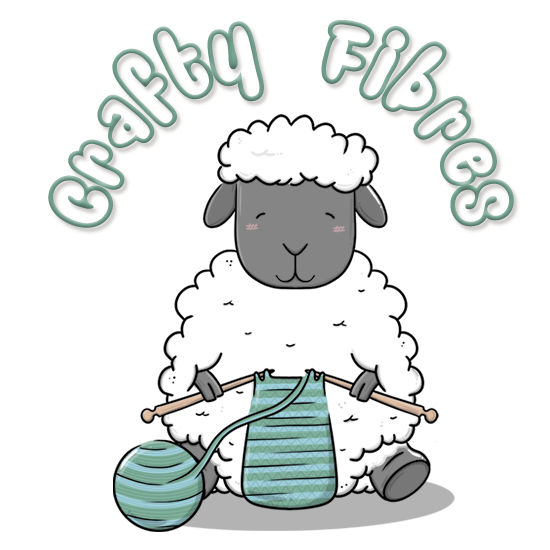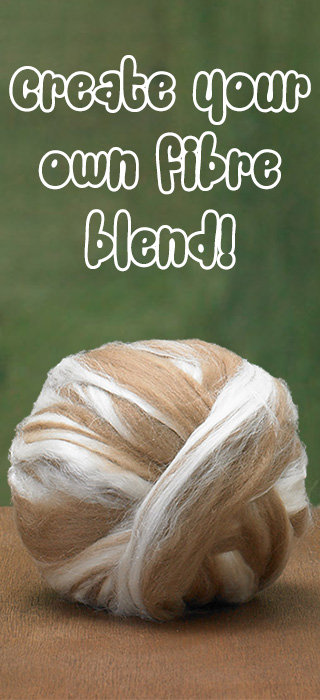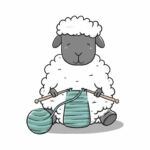Welcome to 2021. We really do hope that it is a better year than 2020!
The team at Crafty Fibres UK hope you enjoyed your Christmas celebrations & saw in the new year with friends and family, where possible.
We are delighted that our Instagram has been growing slowly since launching in December. The feedback has been very positive & we are working on bringing new content as well as tips / tricks for all your craft needs for the coming weeks.
For this newsletter we are going to introduce the fibres one by one, that we offer for sale on our website.
Starting with the fibre type
Alpaca
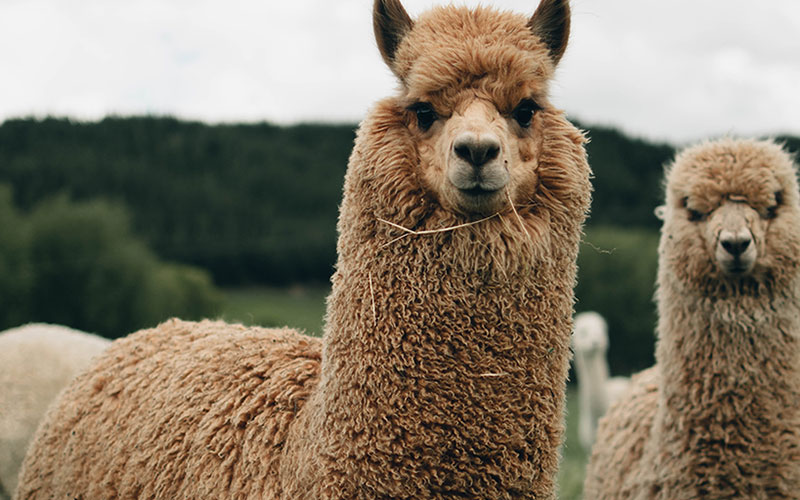
The Alpaca is a South American camelid, which has been used for it’s fleece by the Andean population for centuries.
Alpaca live in adverse environments with pastures at 3500-4800 meters above sea level & temperature ranges of +/- 20 degrees.
There are approximately 4-5 million Huacaya Alpaca, 90% of which are in Peru & 10% are distributed between Bolivia, Chile & Argentina.
Alpaca height, to the shoulder is about 70-90cm & 110-120cm to the head & they weigh between 60-90kg.
Alpaca can live between 15-20 years, sometimes more.
Shearing of the animal takes place in Spring & the fleece per animal is 2.5 – 3.5kg depending if the animal is male or female. Spring in the southern hemisphere is Autumn for us here in the UK.
The micron range is between 19-21 for baby Alpaca (Royal Baby in the trade) all the way up to 28-32 micron for the adult males.
The combing mills in South America have their own standard types which can be grouped as follows.
- Royal Baby – 19-21 micron
- Baby – 22-23 micron
- Alpaca Fleece / Superfine – 25.5 – 26.5 micron
- Medium / inferior fleece – 27 – 29 micron
- Huarizo – 30 micron
- Coarse – 32 – 34 micron
Alpaca fleece is typically 60-70% white in shade due to selective breeding to satisfy the demand of the textile industry, & 30-40% coloured shades. There are many different types of Alpaca shade.
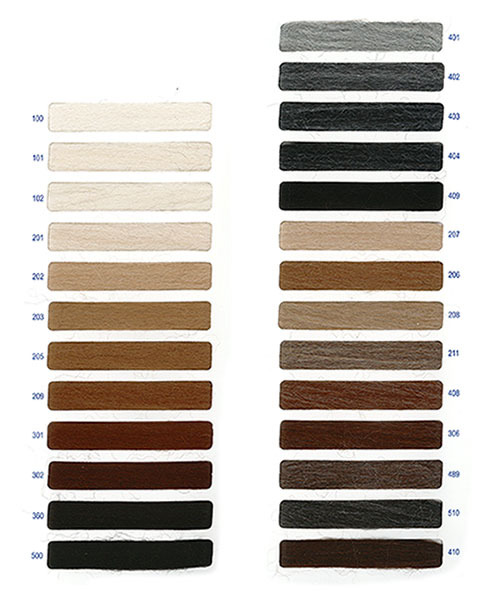
Sir Titus Salt was the first man in the UK to use Alpaca commercially in salts mill. It was transported along the Leeds – Liverpool Canal to Salts mill (which is still open for business today, in a different capacity)
It was once thought Alpaca were descendants of the Llama, however it has since been proven that they descend from the Vicuna. These animals will feature on our future newsletters in the coming months.
We have a large range of Alpaca available for purchase from our website, however if you cannot see a shade you require, we can always make it for you.
Thank you for reading our January newsletter, we hope you found it informative & we look forward to seeing the crafty creations made from this wonderful fibre. Don’t forget to tag us on social media & share your own projects with us to be featured on our page.
The Crafty Team
